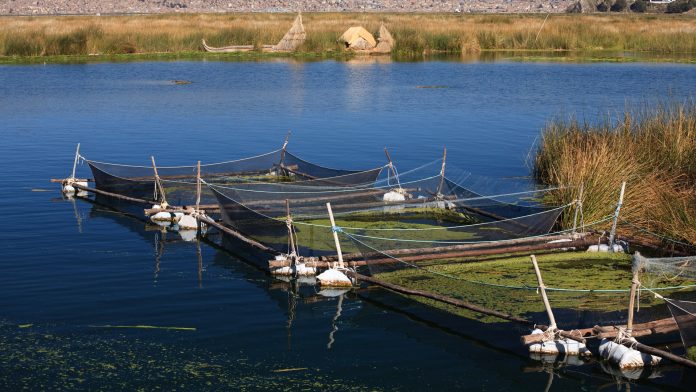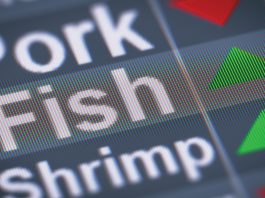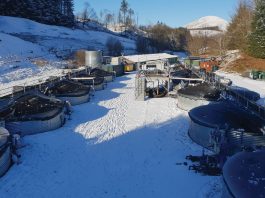The Minister of Production in Peru, José Salardi, has announced that aquaculture in Peru could offer support to areas with fewer economic resources.
This statement was made at the second edition of the Latin American Summit for Fisheries and Aquaculture Sustainability, where the Minister of Production announced the ministry has been carrying out very aggressive efforts to promote aquaculture in Peru.
Salardi said: “I am convinced of the potential of this activity, in the various regions that we visited in the mountains and jungle of the country I have evidenced it, I believe that it may be the future of the country’s fishing.”
The Minister suggested that the fishing sector is critical to the development of the country due to its significant participation in the national GDP, the creation of direct and indirect jobs and the generation of foreign exchange, which is worth more than $3bn annually. Salardi added: “Fishing has made it possible to cushion the economic impact of the pandemic, it had a very positive first season of anchovy capture and we hope that the second season will follow the same line.”
Salardi specified that different measures are being adopted to reduce regulatory cost overruns, optimise procedures, and have more user-friendly processes for all scales of the fishing sector.
The current state of aquaculture in Peru
The development of the aquaculture industry in Peru is incipient. Fish farmers in the country mainly focus on producing shrimp, sea scallop, trout, tilapia, and some Amazonian fish. The potential for the development of aquaculture is high due to the great diversity of species.
Aquaculture in Peru is distributed throughout the country, with major emphasis in specific zones. According to production volumes, shrimp culture is predominant on the coast, particularly in the region of Tumbes (93.4%) and Piura (6.6%), and the farming of sea scallop, mainly occurs in Ancash (79.12%) and Lima (19.13%).
In the mountainous regions of Peru, trout culture is predominant and is concentrated in the regions of Junín (40.93%) and Puno (45.18%). Finally, in the jungle area, Amazonian fish farming mainly occurs in the regions of Ucayali (42.39%), San Martín (30.13%) and Loreto (21.18%).









